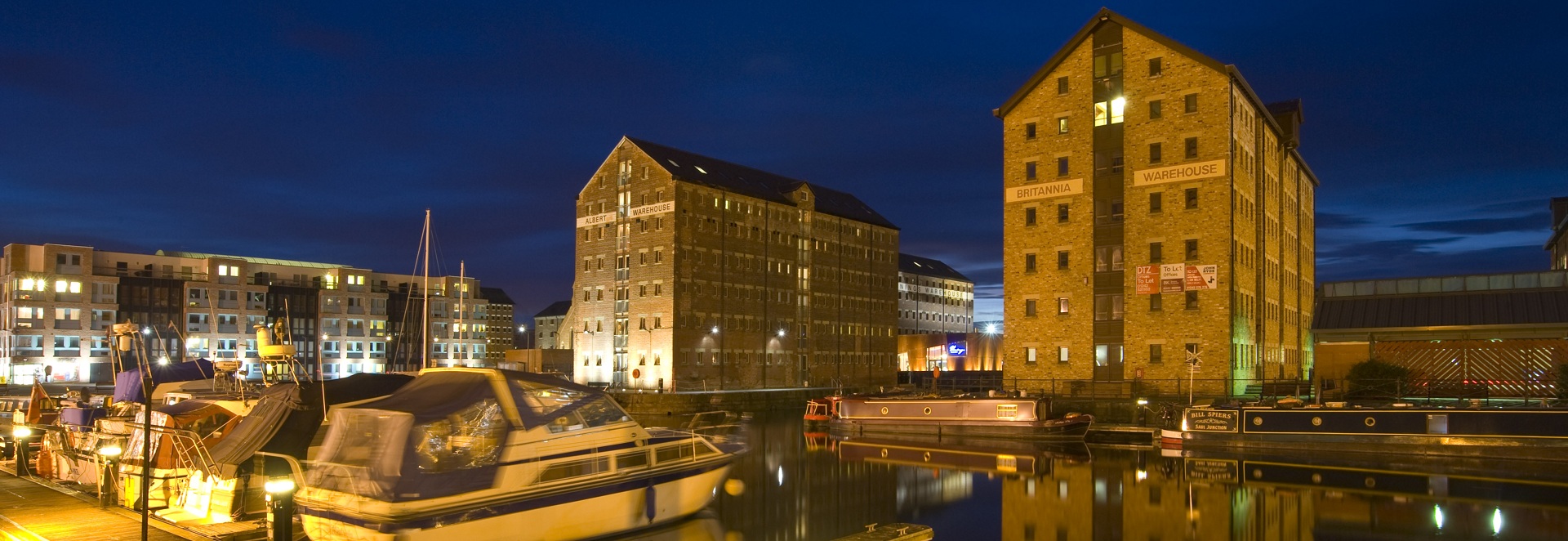Ports and Harbour Heritage Projects
Coastal ports and harbours have always been central to England’s economy. Economic growth and expanding global links from the 1700s rapidly increased the scale of maritime trade and goods-handling.
Larger ports able to process the larger volumes thrived, leaving smaller ones serving only local needs or falling out of use. The trend still continues. Read more about Historic England’s Port and Harbour Heritage research and partnership working below.
Change and adaptation
Rapid adoption of the container system in the 1960s forced radical modernisation and restructuring on our historic port infrastructure. Some existing ports, such as Tilbury, underwent massive expansion, complemented by new purpose-built ports as at Felixstowe.
Many other ports and docks suffered partial or complete closure, including previously significant facilities in the heart of London’s now-former Docklands and most of Liverpool’s docks.
The built heritage of the former ports left many ideal for sympathetic conversion. The resulting residential, service and retail areas provide a highly distinctive mix of old and new buildings.
Historic England is carrying out a series of projects around the coastline, starting with those facing the North Sea and those in Cornwall, that will increase our knowledge of surviving port heritage.
Working in partnership
Looking ahead, a report commissioned from Fisher Associates shows how Historic England and the ports industry can work together to improve heritage protection at ports.
Historic England will complement this with a guidance document helping port operators understand their heritage from past generations.
Following the same principle, Historic England has commissioned the Naval Dockyards Society to report on the post-1914 heritage of the naval bases at Portsmouth and at Devonport, the largest naval base in Western Europe.
As a result of this report, the Government will then be able to upgrade both sites in a way that is sensitive to the existing heritage while at the same time bringing much-needed new jobs.





